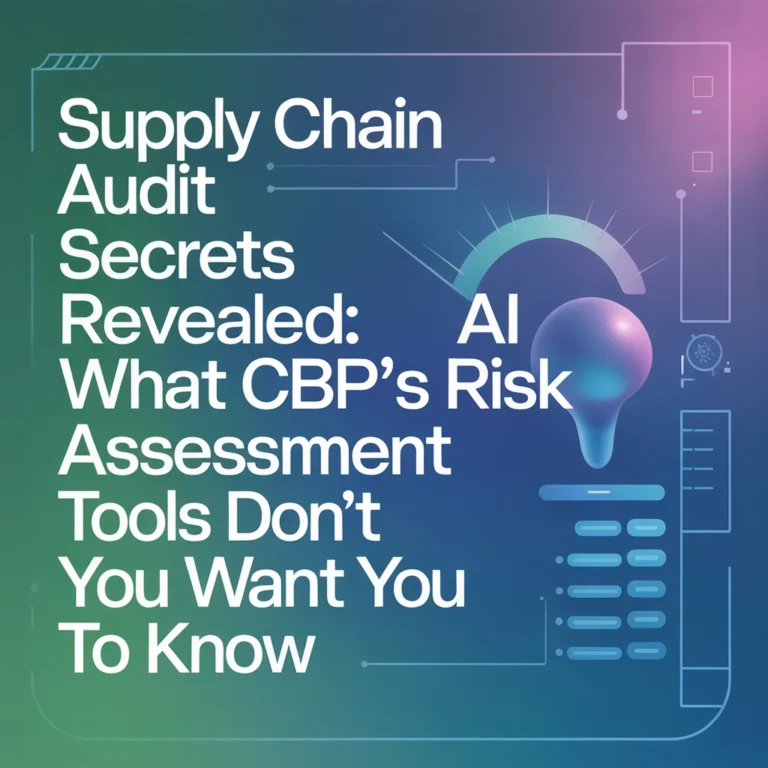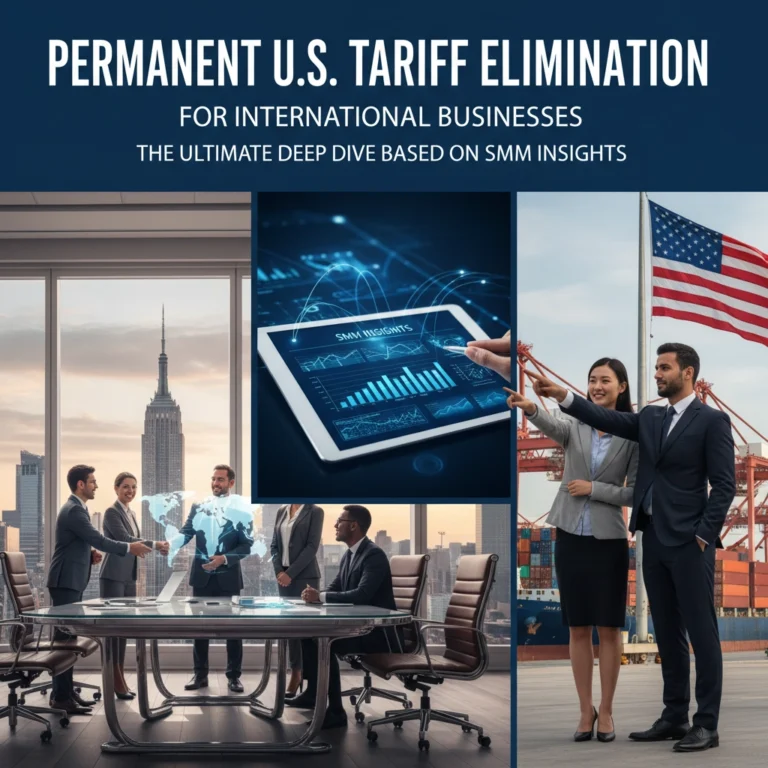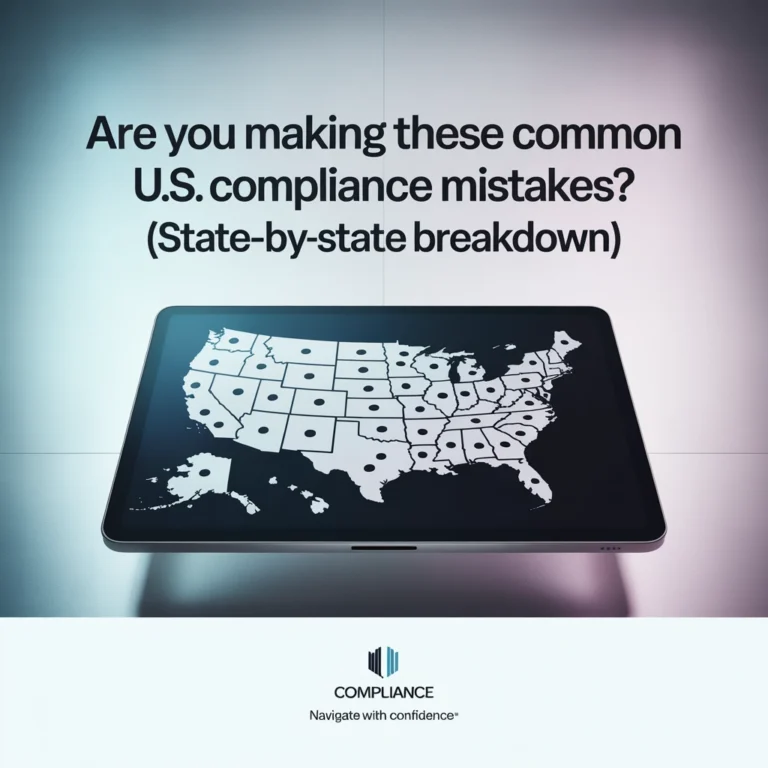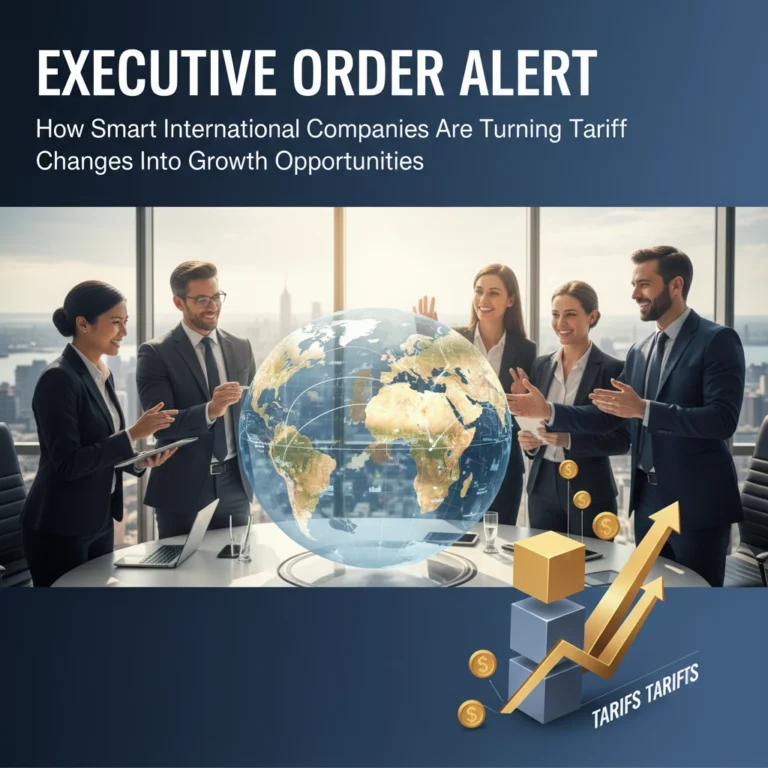Surviving the 2025 Tariff Tsunami: How Global Businesses Can Still Win Big in the U.S.
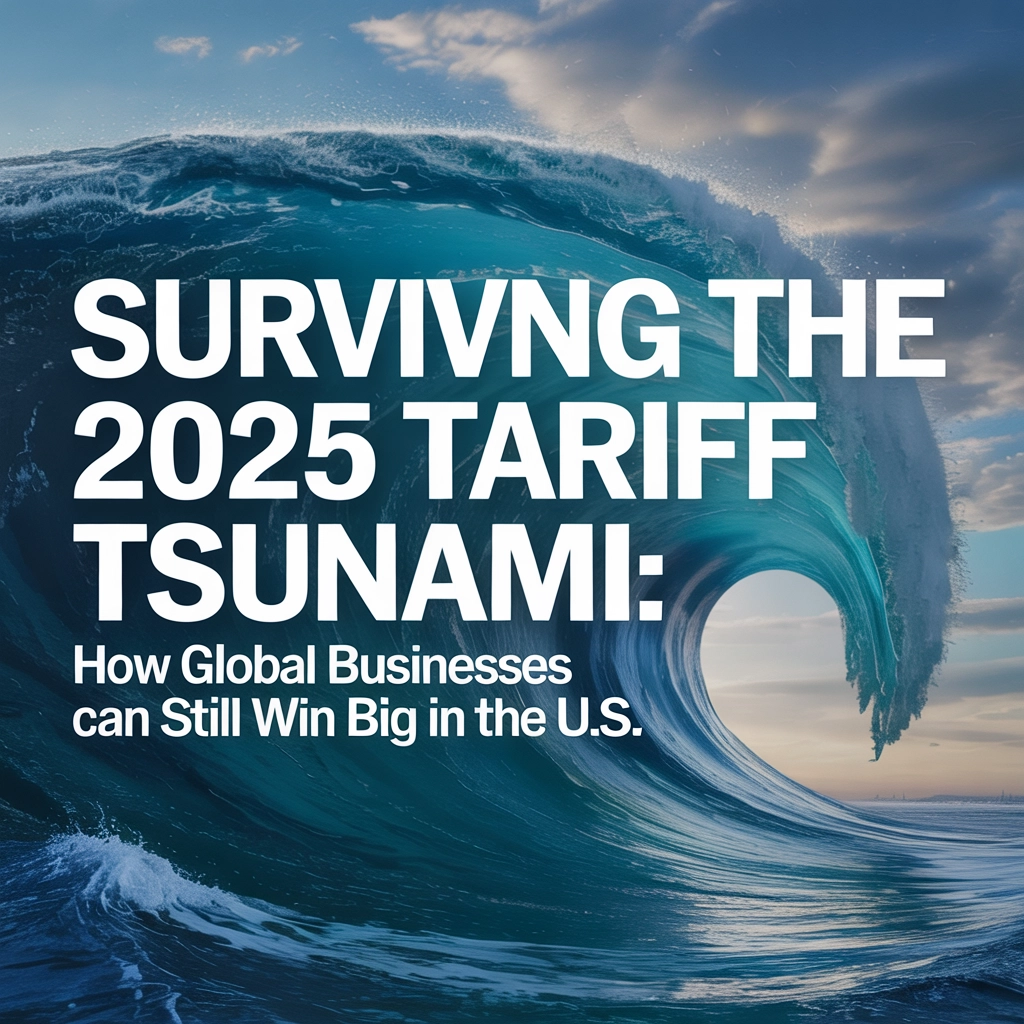
Riding Out the High Tide: The New Tariff Reality in 2025
It’s official: tariffs are back in a big way—higher and broader than at any time since the 1930s. If your business is gauging the American market in 2025, the word “tsunami” isn’t just dramatic—it’s appropriate. The United States has rolled out its highest average tariff rates since 1933. These sweeping measures are projected to raise $2.7 trillion in revenue over the next decade, even after accounting for economic drag.
For most companies, these tariffs hit hard—raising costs for U.S. households (to the tune of $2,400 more per year), squeezing importers, and causing some businesses to batten down the hatches. Yet not everyone is just clinging to survival. There’s big opportunity for those with the right map, the right mindset, and the right partners.

Know Where You Stand: Global and Sector Impacts
The tariff wave hasn’t hit every beach the same way. Let’s break down what the numbers—and some fresh case studies—have to say:
- Canada: Suffers the most severe impact, with a -2.1% dent in long-term GDP.
- China: Faces a -0.2% reduction. Not as severe as one might think but still significant.
- European Union: Surprisingly, the EU sees a 0.1% increase in economic growth.
- UK: Gets a boost of 0.2%, thanks in part to new agreements with the US.
In the U.S. itself, there’s been a chilling effect—overall economic contraction of about 0.4%. But here’s where it gets interesting: the manufacturing sector is heating up, clocking in at up to 3.8% growth in nonadvanced durable goods.
What does this mean for global businesses? The disaster headlines mask real opportunity—if you know where (and how) to look.
How Businesses Are Navigating—and Winning
Facing down the tariff tsunami doesn’t have to be a defensive play. Some firms are surfing the waves and coming out bigger, better, and sharper than ever.
1. Go Where the Growth Is: Manufacturing’s Moment
Despite the broader slowdown, U.S. manufacturing (especially nonadvanced goods like textiles, basic machinery, and chemicals) has grown. Why? Because tariffs make imports less competitive. U.S.-based and U.S.-friendly manufacturers are gaining both market share and profit margin.
- What to do: If your business isn’t already manufacturing or assembling in the U.S., now’s the time to explore. Explore joint ventures, contract manufacturing, or even small-scale pilot facilities. The government is actively granting exemptions and incentives for “domesticating” your supply chain. This applies to everything from garage doors to computer chips.
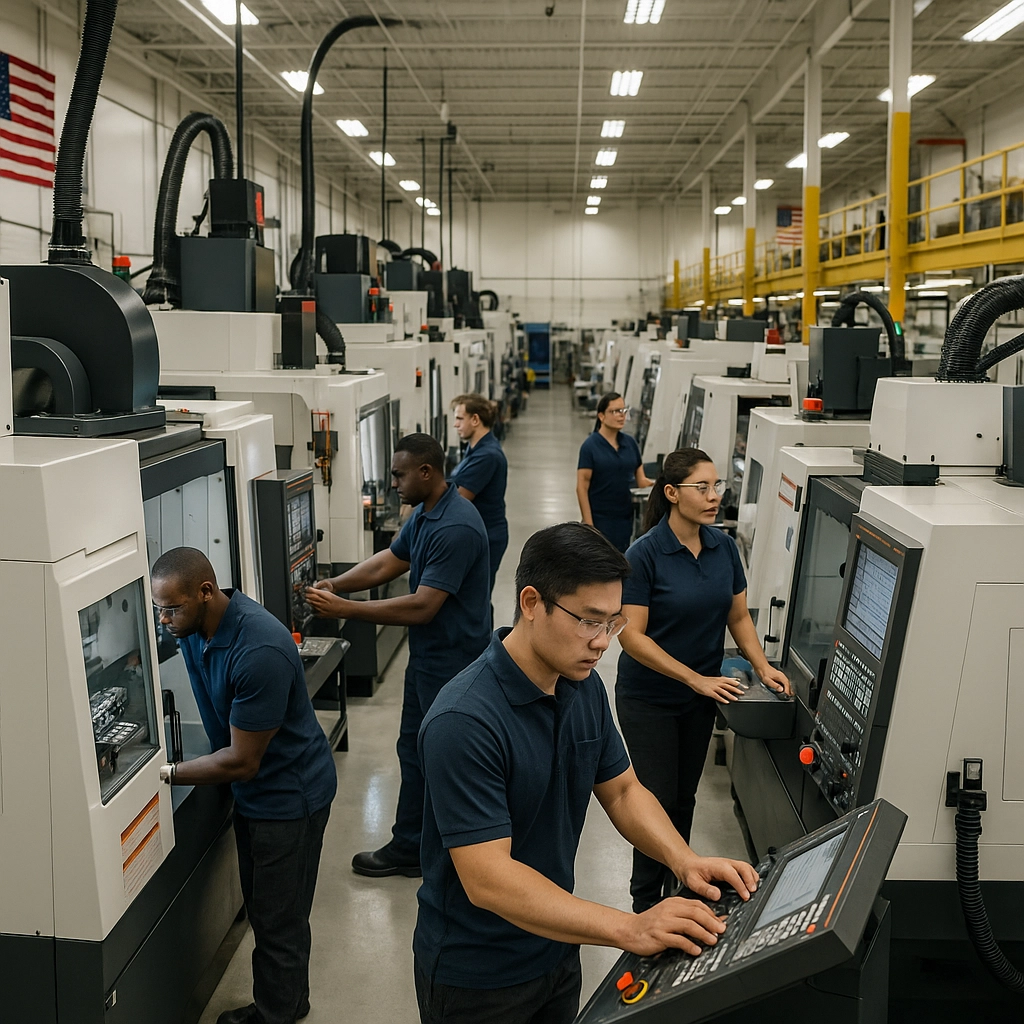
Case in point: Several Asia-based companies have halted expansion plans and are instead partnering with U.S. manufacturers for final assembly. Costs rise, yes, but the math works out better than trying to absorb 83%+ tariffs.
2. Find—and Leverage—Exemptions
Not all tariffs are created equal. Some sectors and companies receive key exemptions, especially if they’re boosting U.S. economic activity.
- Semiconductors/Tech: The much-discussed 100% tariff on chips? Exemptions exist for firms committed to U.S. manufacturing. Nvidia and AMD have even negotiated revenue-sharing arrangements to maintain access for certain products.
- USMCA/Trade Partners: Products qualifying under NAFTA/USMCA (from Mexico or Canada) are still largely exempt, barring a few new items. Rerouting or final assembly in these countries can dramatically lower your tariff bill while keeping your supply chain North America-centered.
3. Adapt with Agility: Flex Supply Chains and Cash Management
Many companies may grumble, but the most resilient ones have gotten creative:
- Diversify Suppliers: Work with partners in the U.S., Mexico, Canada, or the EU to limit exposure.
- Cut Costs: Onshore high-tariff items, renegotiate payment terms, or reduce product offerings to focus on your best margins.
- Financial Buffers: Even established players have had to lay off staff, renegotiate leases, and find new customer segments to stay afloat. The playbook: streamline for the storm, then invest for the recovery.

Winning Strategies for 2025 and Beyond
So, how do you not just survive but win in this environment? These are the core moves the boldest companies are using to lock in growth:
A. Invest in Domestic Operations (Even Partially)
Exemptions, subsidies, and new incentive programs mean your investment doesn’t have to be massive. Even a small U.S. footprint—R&D, final assembly, or logistics—can open doors that closed for pure importers.
Pro-tip: The Biden administration’s “carrot and stick” enforcement means being proactive delivers the best odds for long-term competitiveness.
B. Lean Into Advanced Trade Corridors
- Make the most of USMCA (U.S.-Mexico-Canada Agreement) by structuring your supply chain to maximize duty-free treatment. Many products qualify if just a portion of their value is added within North America.
- Explore EU Sourcing: With Europe seeing minor economic gains and lower exposure, shifting part of your supply or investment there can act as a safety valve.
C. Negotiate (And Renegotiate) Like a Pro
Tariffs are in flux. The U.S. and China have just set a 90-day window for new negotiations. Be ready to revisit contracts, seek waivers, or rapidly change sourcing if the landscape tilts your way.
- Stay flexible: Multiple contracts, overlapping suppliers, and modular supply chains will win over rigid, single-supplier setups.
- Monitor trade news obsessively: The companies hitting home runs in 2025 are the ones jumping on small regulatory shifts—sometimes overnight.

Cash Flow, Compliance, and Culture
Don’t underestimate the impact of compliance and resilient company culture on success during choppy economic times.
- Cash Flow: Aim for 6-12 months’ runway. Drastic moves—staff cuts, inventory reduction, payment term stretches—might be necessary, but it’s temporary.
- Regulatory Alignment: Compliance isn’t a box to tick—it’s a lever for market entry. Companies that embrace U.S. standards, documentation, and reporting will move faster, win contracts, and avoid costly holds or rejections.
- Cultural Fit: U.S. consumers and partners value businesses that are seen as “invested” in America, even if the roots are global. Communicate this in your branding, hiring, and local engagement.
The Road Ahead: Positioning for the 2026 Recovery
Economic forecasts say the storm will pass—growth is expected to pick up in 2026. What you do now sets your business up to capitalize when the clouds clear. Already, Canadian and Mexican markets are showing signs of optimism; smart global businesses are following the money.
Anyone can play defense—cutting costs, biding time—but those who act now by pivoting operations, negotiating strategically, and building North American partnerships will find themselves in prime position when opportunity returns.
Want a partner who’s done this before? At USLaunch, we specialize in helping global businesses ride out the regulatory storms and stick the landing in the U.S. market, no matter how rough the surf gets. Check out how we can help at USLaunch Consulting.

Ready to ride the waves, not just survive them? Connect with USLaunch and let’s make your American expansion the next big win of 2025.

